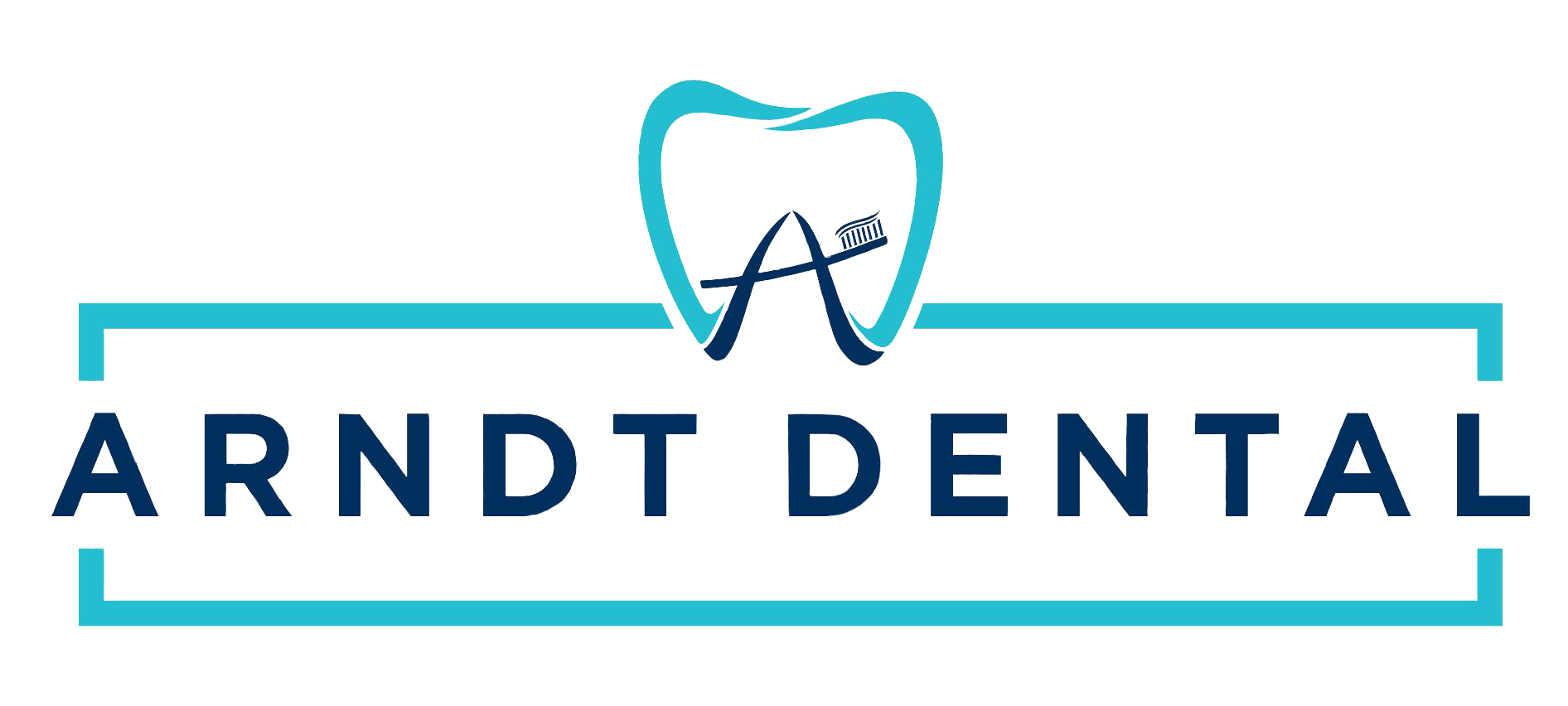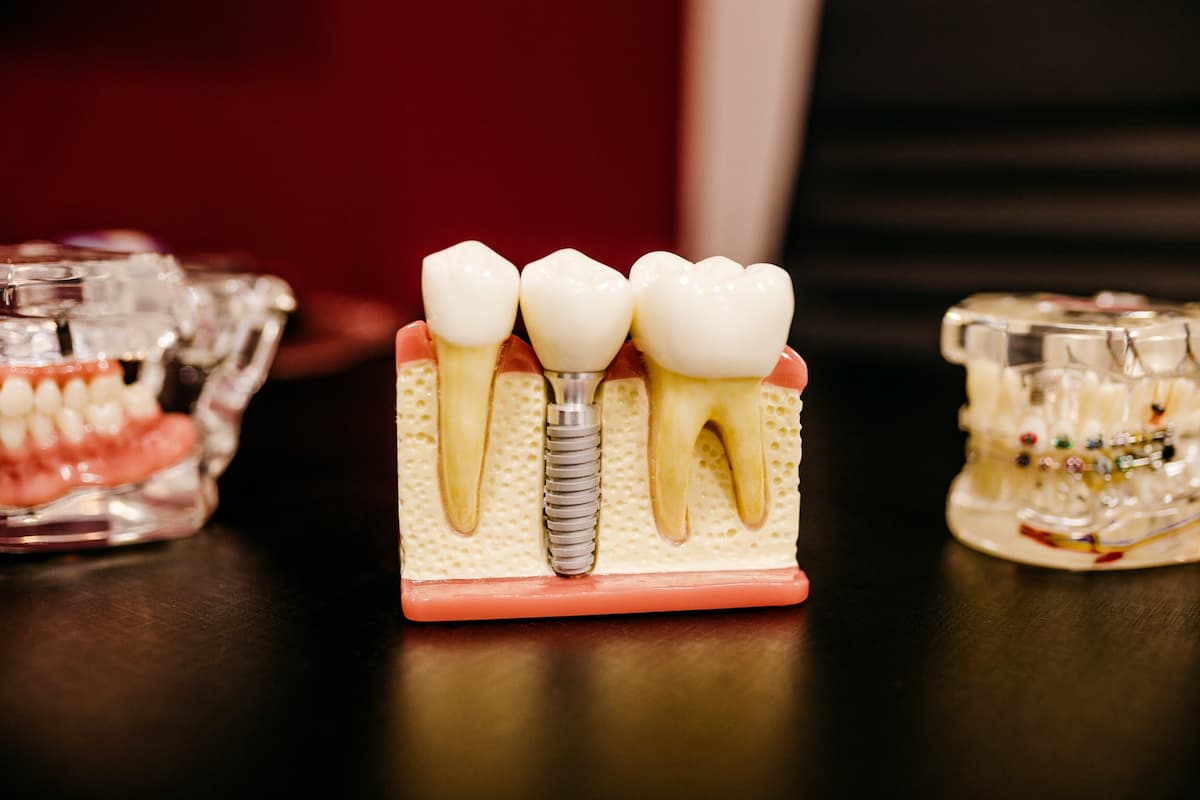Did you know that hundreds of thousands of dental implants are performed every year in America? And according to the ADA, this number is expected to continue to rise as the years go on. Dental implants are surgically placed components that fuse with your jaw or skull to support a dental prosthesis. In layman’s terms, a dental implant serves as a fake root to a fake tooth. Patients need implants for a variety of reasons, such as injury, gum disease, or simply genetics that have left them with a missing tooth. While dental implants are a highly successful solution, there are many types of implants to be considered. At our office, we work with you to determine the best possible dental implant choice for you.
Endosteal Dental Implants
Endosteal implants are the most commonly used dental implant. These implants are placed directly into the jawbone. They most often look like little screws made of titanium. During surgery, a cavity is made into the jaw to place the screw. This procedure can only be done on patients with a high enough bone density to handle the screw. If there is not enough bone density, sometimes a bone graft will be completed to supplement. Often this bone graft is taken from the sinus cavity. When the screw has successfully been placed into the jaw, a natural looking crown is placed on top that seamlessly fits in with the rest of the smile.
While this is by far the sturdiest and most natural type of implant, it also takes several months to complete the entire procedure. The gums will need plenty of time to heal before they are ready to insert the screw. Once the implant is screwed in, your gums will need more time to heal completely around the screw to ensure the gum will accept the implant. Finally, once everything is healed, your dentist will place the crown on top of the implant.
Subperiosteal Dental Implants
Subperiosteal Implants are not as commonly used as endosteal. They were often used for patients who did not have enough bone density for an endosteal implant, but did not want to have a bone graft to strengthen the bone. Instead, this type of implant sits on the jawbone within the gum tissue. The tips of the metal implant poke through the gum to hold the denture in place.
The positive side to subperiosteal implants is that the overall procedure completion time is much less than an endosteal implant.
Discuss Your Options with Your Dentist
Regardless of the type of dental implant you want done, you will need to determine with your dentist what type of coating will be best for your implant, like grit-blasted or plasma-etched. The type of coating will depend on the texture that you want for your implant. There are also various sizes and shapes to the screw itself. Your dentist will discuss these options with you before any decisions are made to ensure
The method of your dental implant will greatly affect how long of an overall process this will be. Many patients opt for a single-tooth implant if they only need one tooth replaced, but it is very common that multiple teeth need replacing. In this case, we can provide implants for rows of teeth, as well.
Are you interested in exploring your options for a dental implant? Contact Orzechowski and Arndt today to schedule an appointment or ask any questions!

